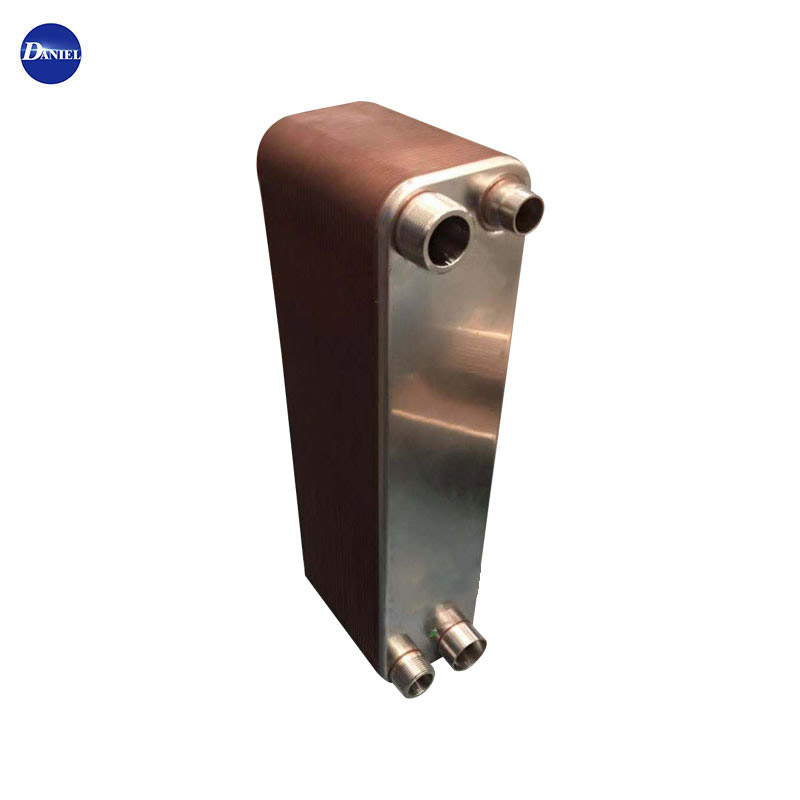Features and considerations related to brazed plate heat exchangers
2024-01-05
Brazed plate heat exchangers (BPHE) are a type of compact heat exchanger used to transfer heat between two fluid streams. They are commonly employed in heating, ventilation, air conditioning (HVAC), refrigeration, and industrial applications. The term "brazed" refers to the method of construction, where the heat exchanger plates are joined together using brazing.
Here are some key features and considerations related to brazed plate heat exchangers:
1. Construction: Brazed plate heat exchangers consist of multiple thin metal plates stacked together. These plates have corrugated patterns that create channels for the fluid flow. The plates are typically made of stainless steel or other corrosion-resistant materials.
2. Brazing: The plates are brazed together at their edges using a special brazing material, often copper or nickel. This creates a durable and leak-tight seal between the plates.
3. Compact Design: One of the main advantages of brazed plate heat exchangers is their compact design. The corrugated plate configuration creates a large surface area for heat transfer within a relatively small footprint.
4. Efficiency: The compact design and efficient heat transfer characteristics of brazed plate heat exchangers result in high thermal efficiency. They are capable of rapidly transferring heat between two fluid streams.
5. High Heat Transfer Rates: Brazed plate heat exchangers are known for their high heat transfer rates due to turbulent flow within the channels created by the corrugated plates.
6. Versatility: These heat exchangers are versatile and can handle a wide range of applications and fluid types, including water, refrigerants, and various industrial fluids.
7. Low Holdup Volume: Brazed plate heat exchangers typically have a low holdup volume, meaning a minimal amount of fluid is required to fill the heat exchanger. This can be advantageous in applications where minimizing the volume of fluid in the system is important.
8. Pressure and Temperature Ratings: Brazed plate heat exchangers are designed to handle specific pressure and temperature ranges. It's essential to choose a heat exchanger that meets the requirements of the application.
9. Maintenance: Brazed plate heat exchangers are generally considered low maintenance due to their robust construction. However, if fouling occurs, cleaning may be required to maintain optimal performance.
10. Applications: Common applications include space heating, domestic hot water production, refrigeration systems, industrial process heating and cooling, and heat recovery.
When selecting a brazed plate heat exchanger, factors such as flow rates, temperature differentials, pressure requirements, and the type of fluids being used should be considered. Additionally, it's important to adhere to the manufacturer's guidelines for installation, operation, and maintenance to ensure optimal performance and longevity.



